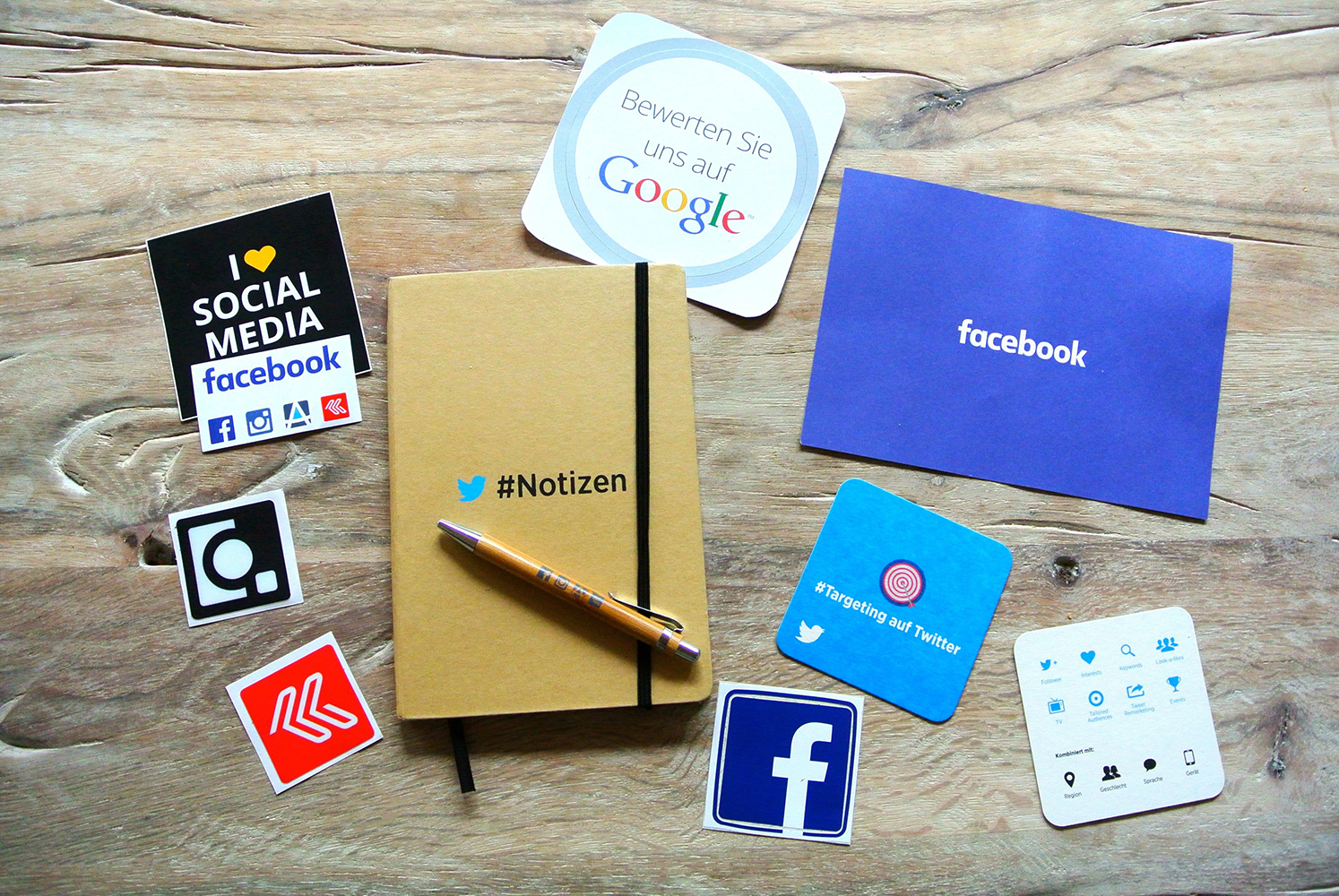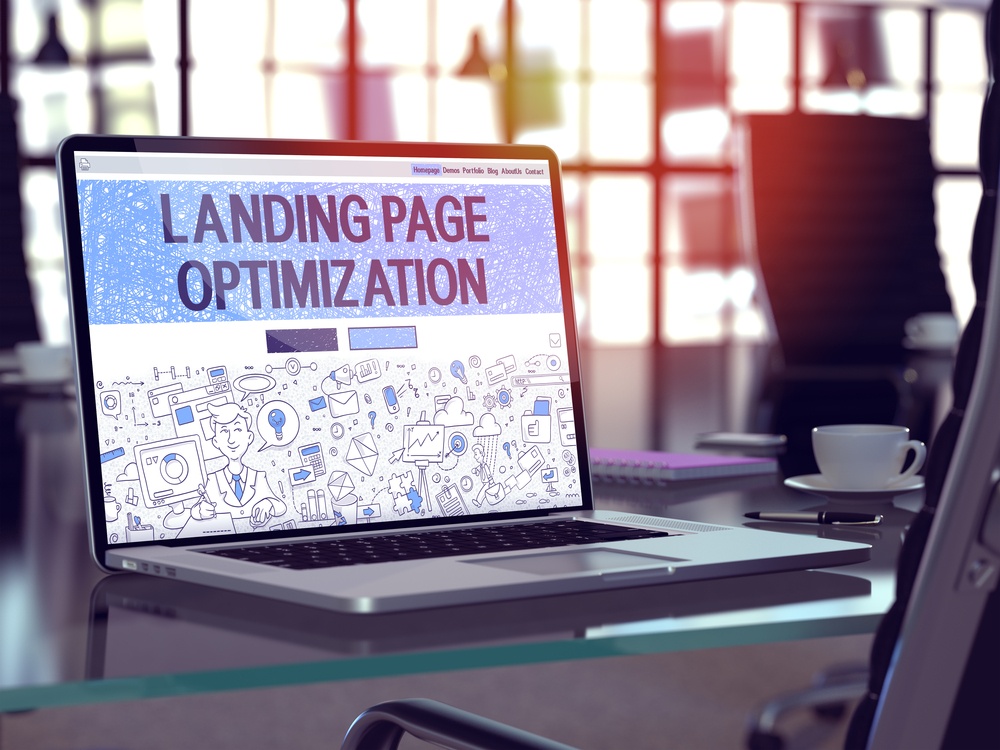Marketing a nursing home is tough! What was popular (and worked) even a few years ago may now be obsolete or outdated. New, powerful tactics and knowledge are transforming how we grow our businesses on a seemingly daily basis.
Just as the tools we marketers are using have evolved, how your customers and prospective customers research and make decisions about nursing homes is changing too.
Unlike many other industries, you can’t just pick up the phone and cold-call seniors in your area to see if they’d like to move into your nursing home. (Well, I guess you could, but I’m not sure your calls would be very well received!)
Instead, you have to market your nursing home using inbound methods.
Today’s most successful nursing homes craft and implement a marketing strategy that successfully marries traditional marketing with inbound marketing tactics. To help you decide which tactics can make the most impact on your nursing home, here is a close look at the online inbound marketing tactics (plus one offline tactic) that deserve your attention and investment:
1. Website
 In the early- to mid-2000s, nursing home websites were still largely seen as online pamphlets.
In the early- to mid-2000s, nursing home websites were still largely seen as online pamphlets.
Those days are long gone.
Websites are no longer digital pamphlets, nor will they “sell” for you. Websites are powerful inbound lead generation tools that serve as your online hub, the online base for your brand. Many of the other inbound tactics I’m about to outline bring highly engaged and targeted traffic to your website. It’s the job of a well-crafted website to convert that traffic into leads.
The goal of your website isn’t to share every possible detail about your nursing home, but to share the right details so that visitors to your site convert by:
- Signing up for your email newsletter
- Calling to schedule a visit
- Calling or emailing you with additional questions
Together with an effective inbound marketing strategy, your website will generate more, better leads so that your sales team can do what they do best (and they will be grateful for all the targeted, engaged leads!).
Here are some best practices to keep in mind when building your nursing home community’s website:
- Take advantage of opt-in forms. Each page should have an opportunity for visitors to opt-in to your email newsletter, schedule a visit, or click and call your community (choose a call-to-action that is organic and natural to the content and direction of the page). Tip: Resist the urge to clutter pages with multiple calls to action. Ideally, you’ll have one clear call to action per page, but one or two can work at times. When pages present too many options for the next steps, that can lead to confused or frustrated visitors who ultimately leave your site.
- Keep it simple. When it comes to design, current standards support clean, easy-to-navigate sites with concise, powerful copy. Clutter will cause frustration for your website visitors. Industry leaders frequently cite data that shows users scan a website and decide whether to stay or leave within 10 seconds - so make it easy for your website visitors to stay.
- Make it personal. This best practice applies to all of your marketing, but especially your website. Crafting target personas for caretakers, prospective residents, and other members of your audience can help you laser in on the messaging needed to meet and address their needs. This provides a better overall experience with your website and can make a dramatic impact on your conversions (and the overall success of your nursing home marketing strategy).
2. Social Media
 You’re probably on social media. Your kids are on social media. But you may be surprised to learn that your prospective residents and their adult kids are also probably on social media too.
You’re probably on social media. Your kids are on social media. But you may be surprised to learn that your prospective residents and their adult kids are also probably on social media too.
Data from Pew Research Center found that 37% of adults 65+ and 64% of adults ages 50 to 64 use at least one social media site.
When you’re first starting your inbound marketing efforts, social media has the potential to be a major source of traffic to your website. Social media also has incredible potential for your brand to form a strong bond with prospects before they ever visit your website or your community.
Facebook is a highly personal place to be. When a prospective resident or caregiver chooses to “like” your nursing home on Facebook, they are inviting your posts into their personal feeds along with those special, highly personal moments from their friends and loved ones.
What an opportunity! What a responsibility!
Crafting content that meets the needs of those personas I just mentioned here is important. Keep these in mind:
- Use an editorial calendar to ensure you’re crafting engaging content that meets the needs of your personas while also highlighting key events and information for your community.
- Focus your efforts where you can make the biggest impact. Depending on your resources, you may only have a presence on Facebook. After all, it’s the most powerful social media platform in the world. If your resources are limited, it makes sense to focus on one platform where you can do a great job rather than spreading yourself thin across multiple networks.
- Don’t get hung up too much on "likes." It’s important to monitor social media metrics overall, but rather than focusing on likes and comments, pay closer attention to social traffic to your blog posts and landing pages. Which leads us to the next inbound marketing tool in our list...
3. Landing Pages
 Choosing the right nursing home is a major life decision that requires careful research and deliberation. Through your blog, you’ll be able to provide answers to common questions, overcome potential objections, and add significant value to prospective residents and caretakers during a critical time.
Choosing the right nursing home is a major life decision that requires careful research and deliberation. Through your blog, you’ll be able to provide answers to common questions, overcome potential objections, and add significant value to prospective residents and caretakers during a critical time.
But you can only go so deep into topics through a blog, email newsletter, or social media post.
Checklists, eBooks, reports, and other longer marketing pieces make the journey toward nursing home living easier. They also offer unique opportunities for you to build stronger relationships with your prospects.
Landing pages are an extension of your website — instead of presenting information directly, their entire focus is on conversion. When you create an eBook, checklist, or another lead magnet (which earn this name because they literally attract leads), you’ll need a place to share it. Visitors to your landing pages enter their email addresses for access to your lead magnet.
By doing so, that website visitor officially becomes a lead.
The structure of landing pages is actually very simple:
- Share the “What” - What is it that you want me to download?
- Explain the “Why” - Why is this something valuable to me? (And why should I give you my email address to receive it?)
- Include a simple opt-in form.
- Consider going deeper into the “why” of your tool and how it can help prospects on their journey toward choosing a nursing home.
- Depending on the length of your landing page (we typically defer to the “short and sweet” line of thinking but depending on the value of your offer, it may warrant longer copy), you may even want to include another opt-in form.
To actually deliver your downloadable tool, you may have your landing page redirect to a simple page after clicking “submit” on your opt-in with a link to download. Or, you could set up your email tool to automatically send an email with the link upon submitting the form.
When prospects opt-in on one of your landing pages, you’ll want to ensure each page, and respective form corresponds to an appropriately-named list or segment in your email provider. That way, you can tailor any follow-up messages specifically to the needs of that audience based on the offer they chose to sign up for. This can make a dramatic impact on your ability to bring in online leads for site visits and further engagement.
4. Blogging

Blog posts are simply online articles centered around one particular topic. It can be broad or specific, but it should always be valuable. Think about your prospective residents and their caregivers. What challenges are they facing? What could make their nursing home decision easier? What is going on in your community that would be valuable for your network?
The value of blogging goes beyond providing helpful answers to questions, though. They also:
- Help you get found. Strategic use of keywords can help your blog content rank highly for important keywords. If you’re focusing your content at prospective residents and caregivers at various points of the buying cycle, that means you could get traffic to relevant posts just before someone begins contemplating nursing homes or just after they decided to move their loved one from a nursing home that wasn’t meeting their needs.
- Provide the foundation for successful social media content. Your social media strategy and editorial calendars should include a range of content to engage, inform, and build trust with your audience. Sharing your blog posts is chief among the top choices for social content. Be sure to structure your post well as a standalone. Dip into the topic and stir conversation around it so that people are inclined to click and read your blog post for more information. Simply sharing “This is our latest blog” isn’t enough to incentivize busy social users who are likely on their phones or thinking about a dozen other things to spend several minutes clicking through and reading your blog post.
- Lend themselves nicely to CTAs. Every post you publish should have a clear call-to-action at the end. Perhaps one of your blog posts is a cornerstone of one of the more advanced pieces you’re promoting on a landing page. Your call to action on that post is simple: Send them to the landing page. Your email newsletter or even other blog posts are other potential CTA destinations.
5. Email Marketing
 I’ve talked about building a website that converts, adding calls to action to your blog posts, and building landing pages to collect email addresses.
I’ve talked about building a website that converts, adding calls to action to your blog posts, and building landing pages to collect email addresses.
Now it’s time to nurture those leads you’ve gathered through your email marketing efforts.
When an individual opts in to receive your emails, they are interested. Maybe they’re not ready to move yet and are getting ready for down the road. Perhaps they are still gathering information and don’t want to schedule a visit just yet. Regardless of where they are in the sales cycle, you now have their email address, which means those individuals are inviting you to send them information about your nursing home.
It’s important to take advantage of this without “taking advantage.” Resist the urge to spam, send and request something at every turn, and instead go back to what I mentioned a few sentences ago. Now is the time to nurture those leads.
6. Online Ad Campaigns
Devising and enacting an inbound marketing strategy that employs the first five tactics can get you powerful results. But if you want to amplify your results or get better results more quickly, online advertising can make a major impact.
Both Google and Facebook (as well as other social platforms) can target ads with pinpoint accuracy. Target people regardless of where they are in the sales cycle. Target people who have previously visited your website. Target only those who are close to making a nursing home decision. Whatever your specific goal for a particular ad campaign, it is likely Google or Facebook can help you achieve it.
But simply running ads isn’t enough to maximize your ROI. Keep these best practices in mind:
- Don’t worry about reaching the most people. Worry about reaching the right people. As I mentioned above, targeting allows you to run ads with pinpoint accuracy. Take advantage of tools and resources to ensure your ads are reaching the right people.
- Tell a great story. Choosing a nursing home is a highly personal decision. Every member of your community has a story, and your community has many stories of its own to tell. Particularly on social media, where you have some flexibility in length and medium, try to strike an emotional chord through storytelling to build trust and rapport with your target audience.
- Choose your keywords carefully. Online advertising costs can add up quickly, particularly with Google Adwords. It’s important to craft ads that target keywords your target audience is using to research nursing homes. Google’s keyword planner tool can help you research keywords and use data like search volume and competition levels to determine whether a particular keyword is worth your investment.
7. Event Marketing.
Although not technically an inbound marketing tactic, event marketing is a very important component of a successful nursing home marketing strategy. You probably open your doors to the community for events throughout the year and hold events for prospects, residents, and their families that help them feel comfortable and at home on your campus.
These events are powerful transitions from the online marketing world to the “real” one. Ultimately, the goal is to get prospective residents and/or their caregivers into your facility so they can experience what it is that makes your nursing home the best choice.
To expand on your current event marketing efforts, consider partnering with local charities or holding off-site informative events at libraries, senior centers, or other facilities.
And when you do hold events, make sure to share the news about them on social media and with your email newsletter subscribers. Don’t bombard them with messages or promotions, but instead, focus on the value your events provide and keeping your connections “in the know.” No one likes being sold to, particularly when it involves an important life decision like choosing a nursing home. But when you share information to create value, you earn trust.
At your events, put out signup sheets for your email newsletter with plenty of pens so that visitors who aren’t already connected with your nursing home can stay in the loop and get even more valuable information from your team.
Time to Get Started
Take a minute to think through your nursing home's current marketing strategy at this moment. Are you covering all seven areas that we discussed here — website, landing pages, blogging, social media, online advertising, and event marketing? If you are, fantastic! You're well on your way to achieving your goals for your nursing home. If not, then this framework can show you the specific areas that you need to build out.
ClearPivot is a certified inbound marketing agency focused on helping nursing homes and retirement communities find their perfect residents. We’ve created a comprehensive, 5,000-word guide covering the seven items we just mentioned here in much greater depth, along with several other aspects of retirement community marketing as well. You can grab a free copy of it for yourself here:
